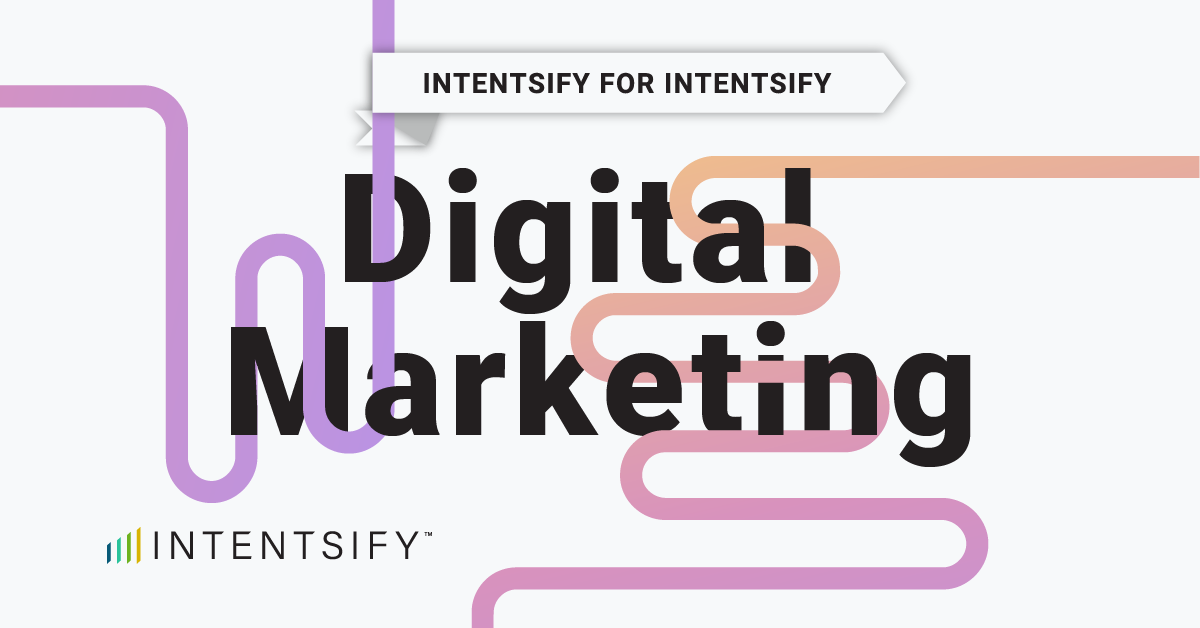Today, B2B marketers are being asked to do more with less. Budgets have shrunk due to ongoing concerns about the economy, and B2B marketers are feeling the pressure to generate more demand and accelerate ROI. Success relies on high-quality leads—and a lot of them. However, generating those leads remains a challenge for many organizations.
Content syndication uses published content to get your message in front of a lot of people quickly. That used to be enough. But relying on published content alone in today’s world isn’t sufficient. Buyers expect to see content that is specific to their needs with messaging that resonates with where they are in their buying journey. Failure to meet them where they are will lead to poor program performance. Fortunately, the availability of buyer-intent intelligence, which identifies companies exhibiting research behaviors that indicate purchase intent, is widely available to marketers today.
Here are some tips to maximize the return on your investment in content syndication programs using precision intent intelligence.
Create a List and Check It Twice
A target account list (TAL) is the foundation for maximizing your content syndication efforts. Treat it that way. Take time to align with sales to choose the ideal accounts to target. The accounts on your TAL should fit your ideal customer profile (ICP), including firmographic and technographic data.
Identify those accounts showing intent to purchase so you can maximize investments by focusing on accounts with a greater propensity to buy from your organization.
Beauty Is in the Eye of the Beholder
Content syndication should improve your content’s visibility and reach. But too often it’s the content asset that takes center stage in content syndication program plans. Organizations can become enamored with one piece of great content and assume their audiences will love it too. But organizations must value the audience as much as the content. Choose material that tells the right story to the right personas.
Use intent intelligence to identify if an account appears to be demonstrating early-, middle-, or late-stage buying activity and align high-value content to the buying stage.
It Takes Two to Tango
Content syndication on its own will produce results, but why miss an opportunity to amplify and accelerate the results by integrating the content syndication program with display advertising efforts? B2B organizations running integrated display and content syndication programs have reported that 63% of their content syndication leads came from accounts that had been touched by display advertising. Here are some tips to maximize ROI:
- Implement integrated campaigns with programs that connect brand awareness and demand generation efforts
- Develop creatives and content with messaging that aligns to buying stages using precision intent to serve up the right information to the right people at the right time
Don’t Judge a Content Syndication Lead by Its Cover
Unless you are using content syndication purely for awareness, getting members of your target audience to engage with the syndicated content is probably not the ultimate endgame. It’s more likely that sales or LDR/BDR functions are receiving leads from the program for follow-up, so set them up for success by giving them the full story.
- Include intent intelligence to provide insights about other intent signals coming from the account
- Prioritize the follow-up for them based on where the intent signals indicate they are in the purchase decision-making process
- Show them the content that is being researched
With this additional context, sales will see greater value in the program, which will enable them to be more productive. In turn, this will boost their level of engagement.
By committing time and resources to maintaining a strong content syndication framework fueled by precision intent, you’ll create a consistent, repeatable content syndication effort that delivers high-quality leads. And if you are among the marketers asking if content syndication is still the right tactic or still as effective as it used to be, the answer is yes, it can be. The secret lies in planning and executing programs that are powered by precision intent intelligence.






